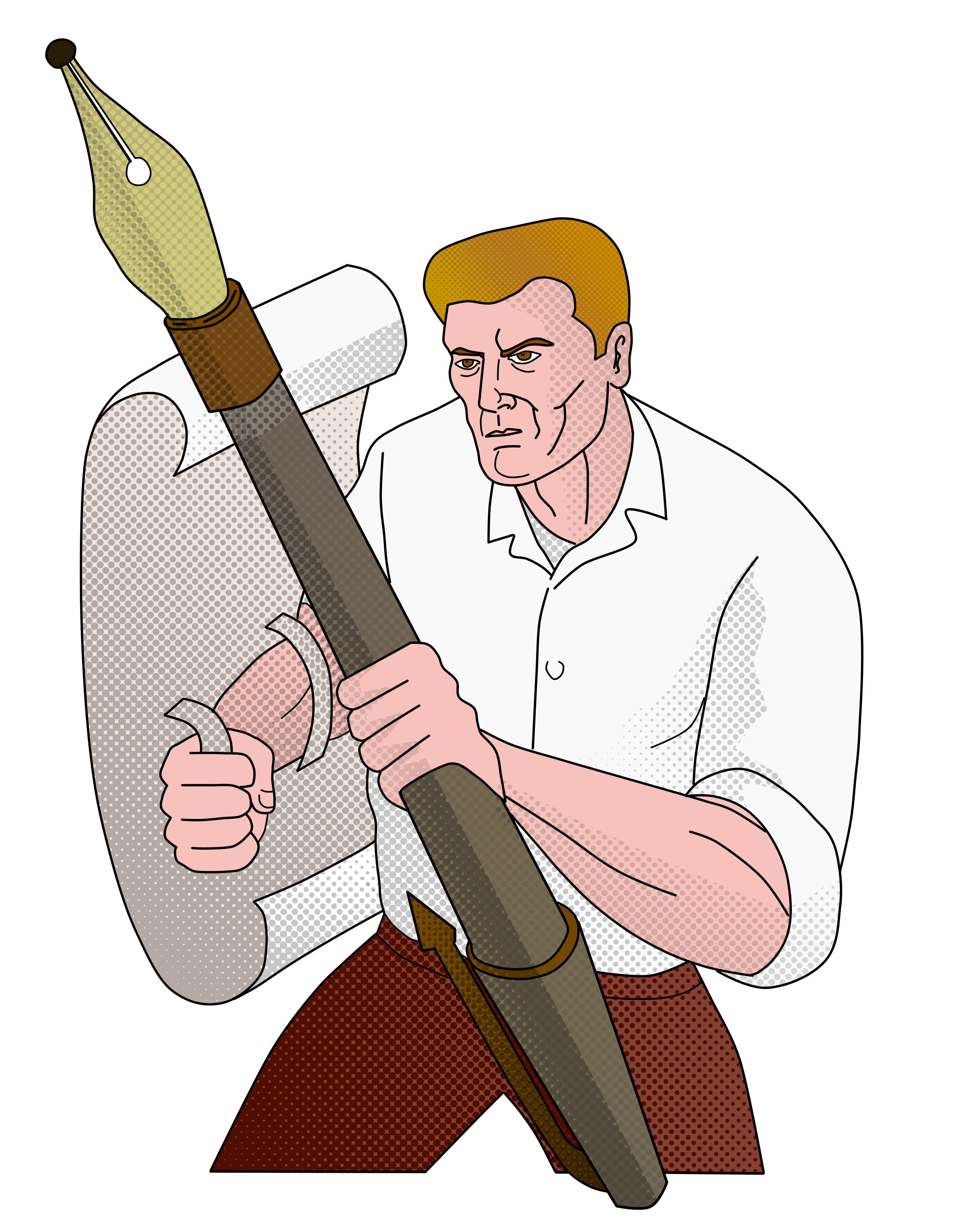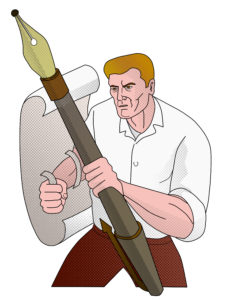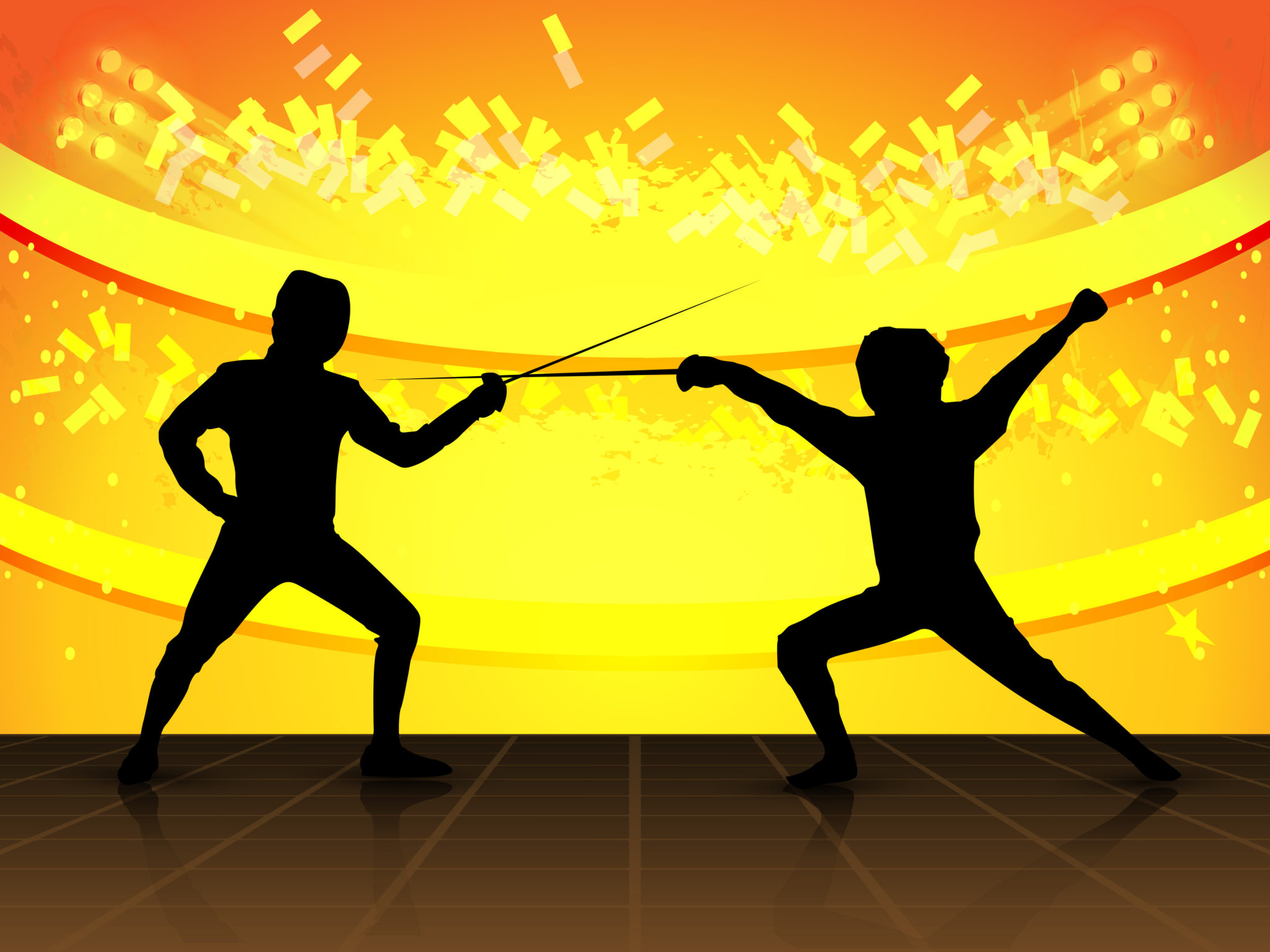 Hey, friends. Long time, no see.
Hey, friends. Long time, no see.
It’s been just over a year since I launched She’s Novel, and in all that time I don’t think I’ve ever been away from the blog for so long. Three weeks, y’all. How crazy is that? I can’t begin to tell you how much I’ve missed it.
But where have I been? In full-blown creation mode, that’s where!
As many of you know, my first full-length e-course–Self-Editing Success–launched for pre-sale last weekend (hurray!). Since that time, I’ve spent every waking hour creating content for the course.
With 6 modules, over 35 videos, and countless worksheets, I’ve hardly had a moment to spare. But today, I’m back! And so I thought I’d get a bit more personal than usual here on the blog and share with you 10 different writing lessons I learned during the creation of my Self-Editing Success e-course.
You see, I didn’t just take the information in my head and slap it onto a bunch of slides to create the course. I spent months researching different editing topics, analyzing bestselling novels , and chatting it up with you lovely readers to make sure I included everything you need to know in order to revise your manuscript for success.
And along the way, I learned so much about writing for myself. New techniques, truths about the editing process, and mistakes and myths that far too many writers believe. Today, I want to share all of those things with you so we can both continue to grow as writers.
So let’s get started!
In the process of creating Self-Editing Success, I actually learned three new techniques for completing productive edits and holding yourself accountable. Let’s talk about that.
…………….
1. The Two Approaches to Editing
From the planners vs pantsers debate alone, it’s painfully obvious that there is no right way to write a novel. Even if they follow certain patterns, every writer has their own unique process for bringing their stories to life.
One thing that never occurred to me though? That some authors don’t edit their manuscripts linearly!
My experience with editing has always been to start at chapter one and work my way through the entire manuscript, making changes to either the story or the writing itself depending on my current draft. This was a lengthy process of course, often taking me six months or more, but it was always worth it in the end.
But while chatting it up with some writers on Twitter back, I was surprised to learn that not all writers edit in such long drafts. Some choose to focus on a single issue at a time (e.g. fixing plot holes or eradicating flowery language) and jump around to make those edits happen.

 Understanding the dynamics of inner conflict in psychology can help you create believable characters who tap into emotions common to us all. Portraying inner conflict believably in fiction requires that we understand its ways and means. In this article, we’ll cover the four models of inner conflict in psychology, with examples from my own writing.
Understanding the dynamics of inner conflict in psychology can help you create believable characters who tap into emotions common to us all. Portraying inner conflict believably in fiction requires that we understand its ways and means. In this article, we’ll cover the four models of inner conflict in psychology, with examples from my own writing.

 3 Tips for Seamless Scene Setting
3 Tips for Seamless Scene Setting
 3 Major Types of Rewrites, and the Big Mistake to Avoid with All of Them
3 Major Types of Rewrites, and the Big Mistake to Avoid with All of Them


 This week’s Refresher Friday takes an updated look at what to worry about (and not) when writing that first novel. Enjoy!
This week’s Refresher Friday takes an updated look at what to worry about (and not) when writing that first novel. Enjoy! 

 Let’s talk about sex.
Let’s talk about sex.
 Hey, friends. Long time, no see.
Hey, friends. Long time, no see.
 February 10, 2016 By
February 10, 2016 By 
 by
by 
 In the first post in this series, I introduced the notion of the
In the first post in this series, I introduced the notion of the 
 This post was inspired by a discussion a while back in the
This post was inspired by a discussion a while back in the 
 Having come to the end of the alphabet with my series of “words often confused with one another,” I find myself hard-pressed to come up with a final set of ten for the remaining letters, U-Z. I can’t think of any for U or Z, but here are some for V, W, and Y.
Having come to the end of the alphabet with my series of “words often confused with one another,” I find myself hard-pressed to come up with a final set of ten for the remaining letters, U-Z. I can’t think of any for U or Z, but here are some for V, W, and Y.
